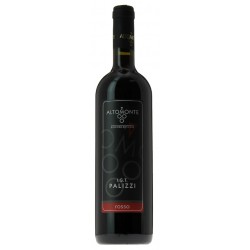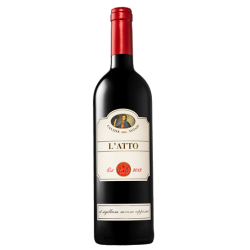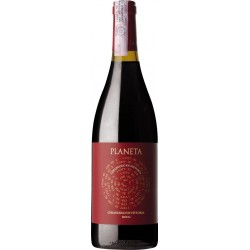No products in the cart.
Barbaresco DOCG
This Barbaresco is made from a selection of grapes grown on vineyards situated in the Rabajà bass and Faset areas of the village. A rich, delicately aromatic wine, it shows perfect balance between elegance and intensity. A Barbaresco capable of exciting, and of being appreciated for its inviting, ready-drinking qualities
Arquatà, Montefalco Sagrantino DOCG
one vineyard in Bevagna (Pg) in Vocabolo Arquata at 250m height, exposure South on clay-calcareous. One vineyard in Montefalco, at 250m height, exposure South-East, on sandy-clay-calcareous soil. Plant density: 5.000 per hectare.
San Leonardo, 2016, Vigneti delle Dolomiti IGT
San Leonardo is the magical heir to a tradition known the world over as Bordeaux blending. Dreams and heritage mingle to bring you a wine that conveys all its land-rooted character and genuine territory-focused appeal.
San Leonardo, 2014, Vigneti delle Dolomiti IGT
San Leonardo is the magical heir to a tradition known the world over as Bordeaux blending. Dreams and heritage mingle to bring you a wine that conveys all its land-rooted character and genuine territory-focused appeal.
Pinot Nero, Alto Adige DOC
Extremely sensible grape variety, most sensitive to all treatments up to harvest time.
This wine differ from others with his sophisticated elegant characteristics, exhibits an intense bouquet of red berries, cherries and wild berries which makes it easy to accompany to a wide variety of dishes.
L'Atto, Basilicata IGT
L\'Atto is an IGT red wine obtained from Aglianico del Vulture grapes exclusively.
Cerasuolo di Vittoria DOCG
Sito dell’Ulmo is a single-variety Merlot and from a ‘Single Vineyard’. Years of experience have helped us identify in the vineyards of Ulmo, planted in 1987 on the banks of Lake Arancio, the ideal place for the cultivation of this ancient French variety.
Foradori, Teroldego, Vigneti delle Dolomiti IGT
The Campo Rotaliano is a well-demarcated geographical area, a sort of recess of the Adige Valley tucked between the mountains. Its history and origin are closely tied to the Noce River, which, over the centuries, has deposited huge quantities of limestone, granite and porphyry debris.

.png)


 - Copia.png)

 - Copia.jpg)
























